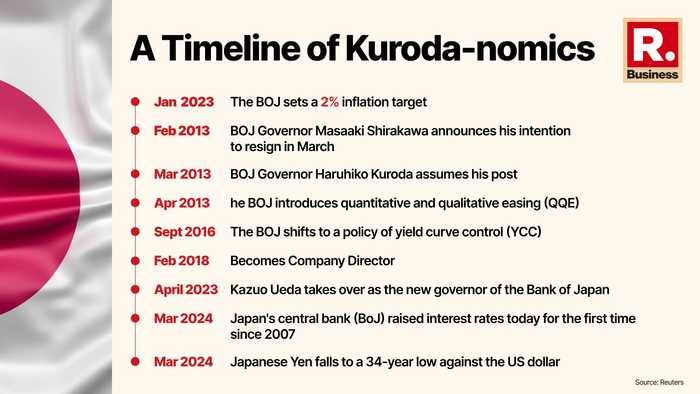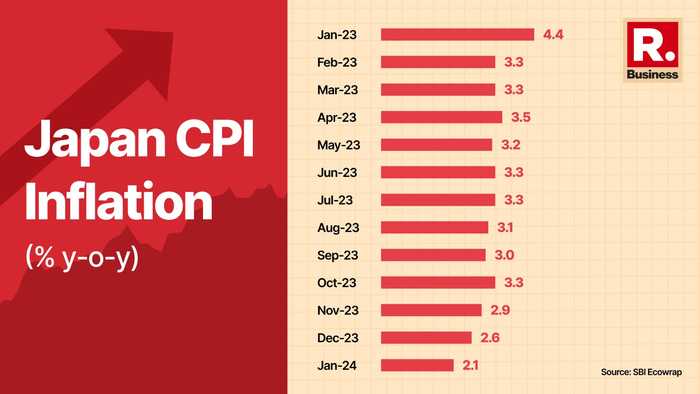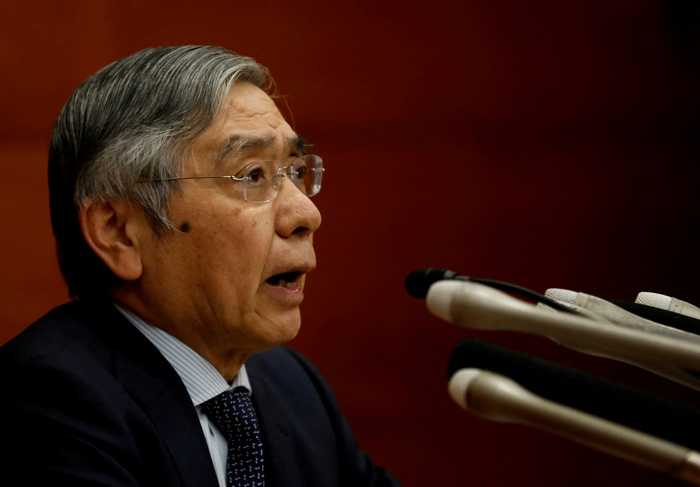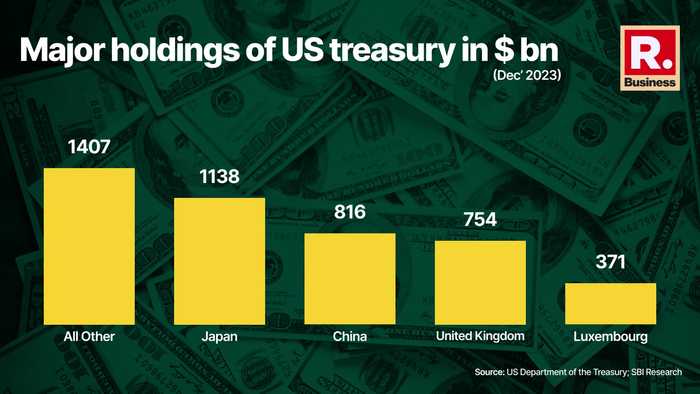Published 15:44 IST, March 31st 2024
In a 7-2 majority vote, BoJ decided to increase short-term interest rates to 0-0.1 per cent.
Advertisement
Ending of Kurodanomics: On March 10, 2022, Carol Lye, Associate Portfolio Manager and Senior Research Analyst at Brandywine Global, in a report titled as “Awakening Japan’s Sleeping Giant” wrote that Japan’s inflation has been structurally anaemic. “The reasons for this weakness are well documented—ageing demographics are a drag, and technology advances have helped keep wages at bay while increasing productivity,” Lye said.
Cut to March 19, 2024, a few days after the SHUNTO negotiation, the Bank of Japan (BoJ) met to decide the trajectory of short-term interest rates which have been floating either in negative territory or near zero since 1999. After a hiatus of 17 years, the Bank of Japan not only raised the interest rate for the first time but has also emerged as the last country in the world to shed a negative interest rate policy.
Advertisement

In a 7-2 majority vote, BoJ decided to increase short-term interest rates to 0-0.1 per cent. According to experts, the end of the world's last negative rates regime was driven by the early signs of robust wage gains (SHUNTO) this year. In addition, it's not only the ending of the negative interest rate regime but the abolition of the unconventional monetary policy toll of yield curve control (YCC) for 10-year Japanese government bonds introduced by Haruhiko Kuroda, Former Governor of the Bank of Japan in September 2016.
SHUNTO- Leading to a Rate Hike
Advertisement
The apex bank of Japan dubbed Shunto as one of the primary reasons for shedding the negative interest rate policy in March. In Japanese parlance, Shunto came into the picture 70 years ago which means every spring season labour management negotiations take place between trade unions and companies to decide the wages and bonuses for the coming fiscal year.

According to the SBI Ecowrap report, interestingly, one of the critical cues taken by the BoJ board to firmly depart from the 8 years Yield Curve Control was clear indications of a vibrant wage settlement from Japan’s famous springtime wage settlements known as SHUNTO, in practice since 1955. This year, Shunto's negotiation yielded a 5.28 per cent wage hike, the highest in the last 33 years. The wage hike given last year was at 3.80 per cent. The more-than-expected and stunning wage hike pushed BoJ to deviate from Kuradonomics.
Advertisement
Man Behind Japan’s Ultraloose Monetary Policy Meeting

It was under Haruhiko Kuroda, who took over as the governor of the Bank of Japan in March 2013 when the BoJ deployed unconventional monetary policy tools to spur growth and inflation in the economy. While addressing a gathering at Oxford University, Kuroda in June 2017, said, “ I took office as Governor of the Bank of Japan in March 2013 and immediately introduced a monetary policy regime -- quantitative and qualitative monetary easing (QQE) -- that is quite different from past regimes,” he added.
Advertisement
“The Bank of Japan in January 2016 introduced a negative interest rate policy to address the strong headwinds caused by turbulence in global financial markets. The negative interest rate policy aims at exerting further downward pressure on interest rates across the entire yield curve by pushing down the short end of the yield curve, in combination with large-scale purchases of JGBs,” Kuroda, said.

Thereafter, in September 2016, the Bank conducted a comprehensive assessment of developments in economic activity and prices as well as policy effects since the introduction of QQE; based on the findings, the Bank introduced yield curve control, which focuses on long-term interest rates in addition to short-term interest rates as the operating target. However, the basic approach of lowering nominal interest rates across the entire yield curve and lowering real interest rates by raising inflation expectations has remained unchanged.
Advertisement

Kazuo Ueda, Governor, Bank of Japan
Now, it is Kazuo Ueda, the 32nd governor of BOJ who shed the negative interest rate policy in March 2024 after more than expected or the highest wage growth in the last 33 years.
Japan’s Deflationary Slumber
According to an analyst, waking the Japanese economy from its deflationary slumber has been a long and frustrating task for the Bank of Japan (BoJ). Policymakers have adopted a wide range of unorthodox tools – from large-scale asset purchases to negative interest rates – to trigger persistent positive pricing pressure, but any success has often been short-lived.
In the era of higher for longer, the BoJ maintained the stance of low for longer ever since the Japanese economy slipped into prolonged disinflation and revived economic growth since 1990. And that is why when the world is battling high inflations, Japan has struggled with low inflation, low growth and deflation for decades.
Looking back, interestingly the nation whose economic growth was more than the US between 1960-1980, grappled with an unprecedented period of economic lull, deflation, and low growth after the stock market crash of 1989 dubbed as the lost decade starting from 1990. According to Bloomberg, Inflation was negative between 1999-2005 and it was in 1999 when the zero interest rate policy was first initiated in 1999 by the Bank of Japan. According to Bloomberg, in Japan, interest rates have been below zero for six years, at -0.1 per cent. They also haven’t been above 0.5 per cent since 1995.
15:33 IST, March 31st 2024